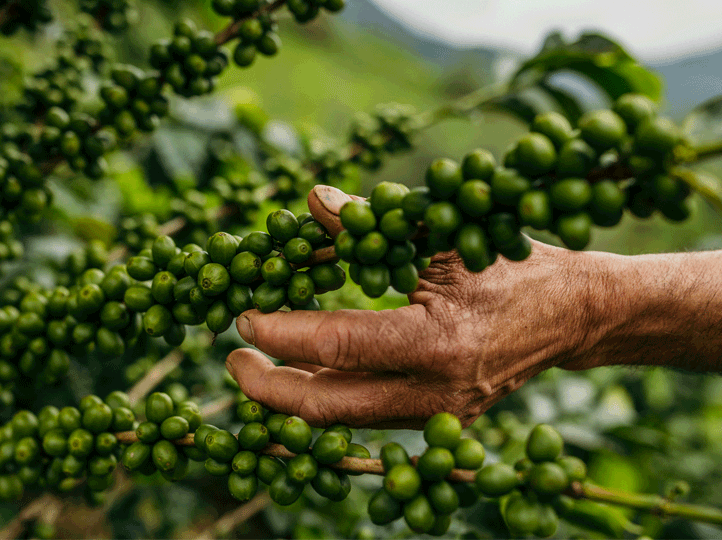This is one of two natural lots sourced form Perfiles co-operative in Chontali, Cajamarca. The co-operative was formed in 2019 and comprises 219 members across the districts Chontalí, Pomahuaca, Sallique, and Jaen.
This lot is naturally processed, whereby ripe cherries are sun-dried on raised beds and cement patios.
The Region
Pomahuaca, nestled within the Chontali region of Peru, exudes a unique charm that stems from its distinctive cultural tapestry and the resilient spirit of its inhabitants.
What makes Pomahuaca stand out is its rich cultural heritage, woven into the fabric of daily life. The community showcases a remarkable fusion of indigenous traditions, as evidenced by vibrant festivals, intricate handicrafts, and captivating rituals that have been passed down through generations. The people of Pomahuaca are known for their unwavering connection to the land, engaging in agricultural practices that not only sustain their livelihoods but also embody a deep respect for nature.
Chontalí is one of the twelve districts of the province of Jaén, which in turn is one of thirteen provinces in the Cajamarca department. Being in the upper basin of the Huayllabamba river makes it an ideal area for agricultural production. In addition, this region is characterized by having a diverse leafy forests and an extensive variety of orchids, many of which have not been studied in their entirety.
The region of Jaen is a tropical forest that has a warm climate all year round. The city of Jaen, taking the same name as the region, is considered as one of the hottest cities in the country. The hot weather is compensated by frequent and refreshing rains throughout the year but mostly concentrated in the months of December to March.
The province of Jaen is crossed by the interior branch of the western Andean Mountain range, popularly known as the "Andes del Chamaya". The outer branch of this mountain range is located to the west of the beautiful Huancabamba River, and the eastern branch of the Andes is located to the east of the Marañon River.

History of Coffee in Peru
In 1897 the Belgian consul in Lima Peru wrote a report that “the coffee of Peru is delicious,” there was every reason to believe he was right. That same year, coffee exports had reached well over 20,000 bags, almost triple the 7,000 bags exported in 1894. But the turn of the century would prove to be a peak for that generation of Peruvian coffee exports. By 1913, exports had dropped back down to 9,000 bags. It would have been difficult to imagine on the eve of WWI that for most of the next 100 years Peru would be numbered among the top 10 coffee producing countries in the world, and even rise to the number 5 spot a few times. Looking back, it's not only easy to understand why, but easy to imagine increasing success in producing specialty coffee as a leading supplier of organic coffee.









